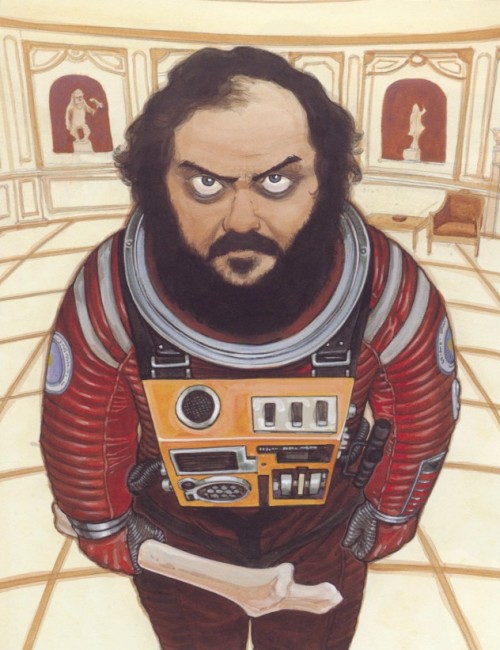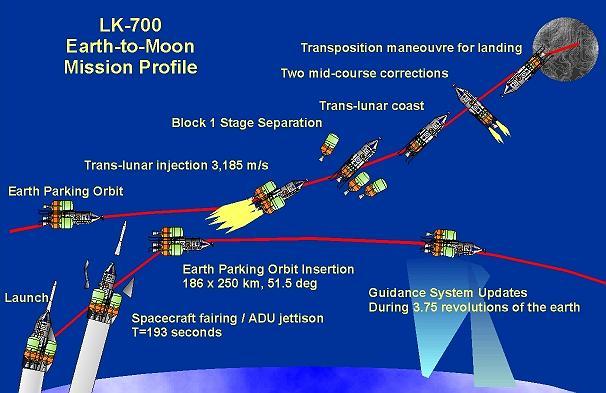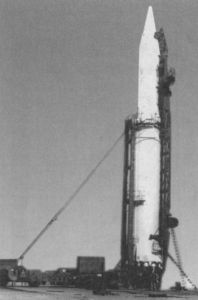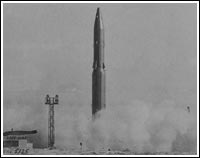In response to Kennedy's May 25th address to congress and the nation, commiting the nation to landing a man on the Moon, Chemolei and Khrushchev immediately began an informal dialog over the situation as they both took it quite seriously. Authorization for draft work for a booster and spacecraft capable of taking cosmonauts to the Lunar Surface was given on June 1st.
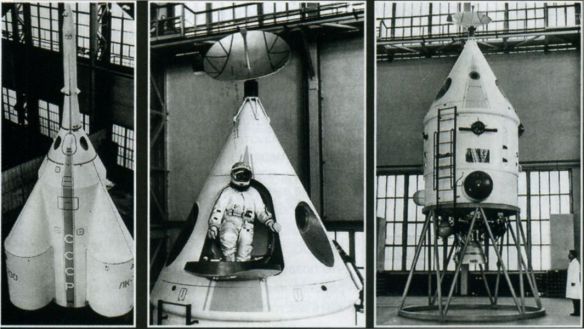
Despite intense criticism by Yangel and Korolev (who each had their own competing lunar landing architectures) Chemolei's LK-700 design was still the one ultimatley approved, primarily because of the simplicity of the Direct Ascent aproach to lunar landings. The Americans were taking the same aproach at the time aswell, lending even more credibility to the proposal. It also saved the USSR from a long and expensive orbital docking practice program. Overall, Chemolei had taken a sound conservative design approach with the capability for evolutionary improvements. The launch vehicle itself however, was very ambitious. With an equivelant payload to LEO of 154 metric tonnes the Universal Rocket (UR) 700 would vastly outperform any rocket currently in existence many times over. The monster LK-700 lander meanwhile would land a crew of two on an eight day mission, with the possibility of easily adding a third crew member and extending mission durations.
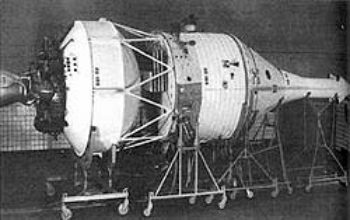
Meanwhile Chemolei was also giving authorization for his LK-1 circumlunar plan. With proper optimization of the Proton booster based on early flight tests the UR-500 would be capable of placing the vehicle and it's RB translunar injection stage in LEO before, at the appropriate moment in the parking orbit, this would be fired to place the spacecraft on a loop around the moon. It would separate after burnout. Using universal components in vehicles and in the Orbital capsules was hoped to not only reduce cost, but create a whole new family of manned and unmanned vehicles. Chemolei estimated that he could perform the first lunar landing as early as 1967.
OOC: This is a collaberative TL with Michel Van.

Despite intense criticism by Yangel and Korolev (who each had their own competing lunar landing architectures) Chemolei's LK-700 design was still the one ultimatley approved, primarily because of the simplicity of the Direct Ascent aproach to lunar landings. The Americans were taking the same aproach at the time aswell, lending even more credibility to the proposal. It also saved the USSR from a long and expensive orbital docking practice program. Overall, Chemolei had taken a sound conservative design approach with the capability for evolutionary improvements. The launch vehicle itself however, was very ambitious. With an equivelant payload to LEO of 154 metric tonnes the Universal Rocket (UR) 700 would vastly outperform any rocket currently in existence many times over. The monster LK-700 lander meanwhile would land a crew of two on an eight day mission, with the possibility of easily adding a third crew member and extending mission durations.

Meanwhile Chemolei was also giving authorization for his LK-1 circumlunar plan. With proper optimization of the Proton booster based on early flight tests the UR-500 would be capable of placing the vehicle and it's RB translunar injection stage in LEO before, at the appropriate moment in the parking orbit, this would be fired to place the spacecraft on a loop around the moon. It would separate after burnout. Using universal components in vehicles and in the Orbital capsules was hoped to not only reduce cost, but create a whole new family of manned and unmanned vehicles. Chemolei estimated that he could perform the first lunar landing as early as 1967.
OOC: This is a collaberative TL with Michel Van.
